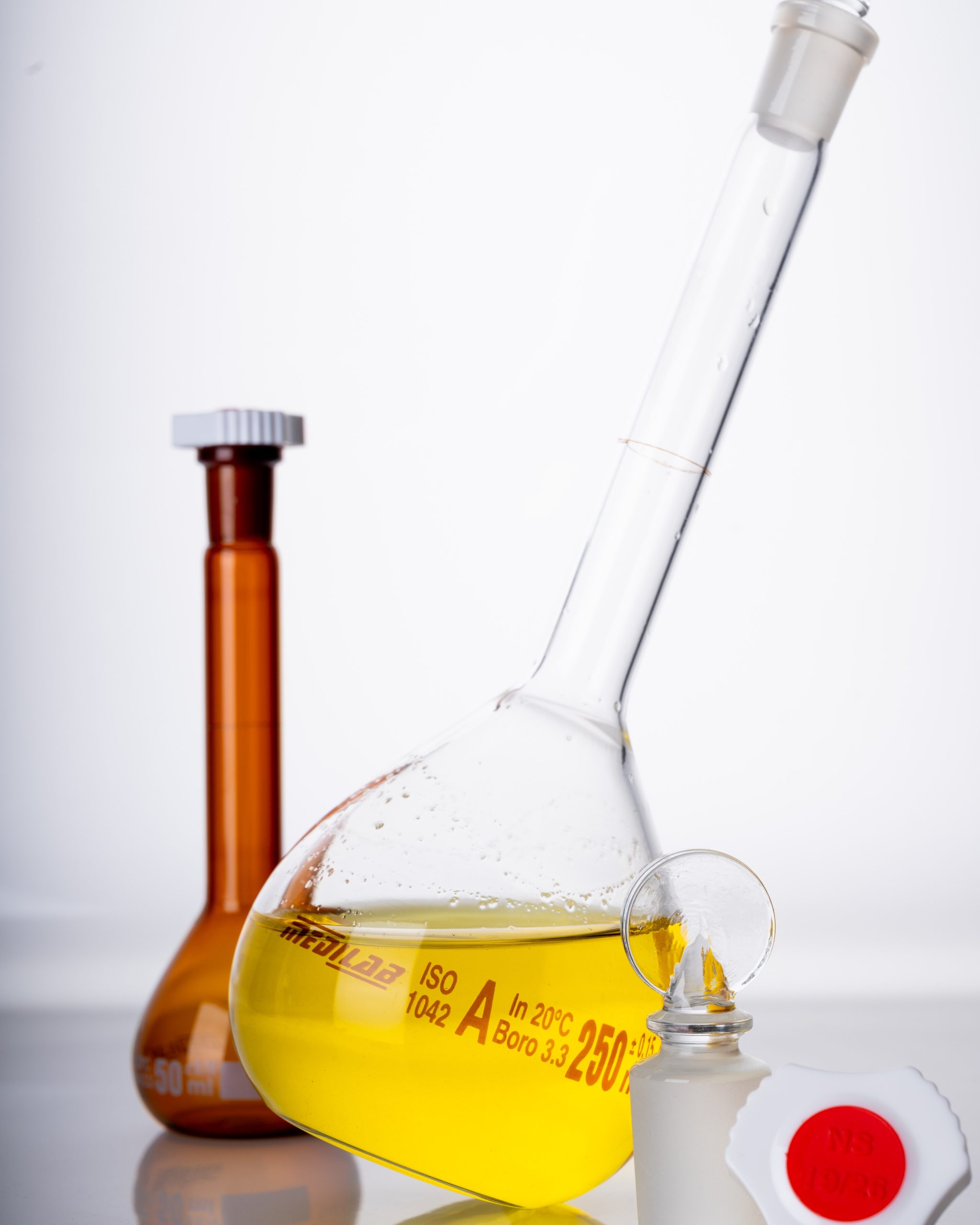When it comes to laboratory precision and accuracy, Lab Volumetric Glass Pipettes play a crucial role in various scientific and industrial applications. These pipettes are essential for transferring and measuring liquid volumes with a high degree of accuracy, making them indispensable in research, pharmaceutical, and clinical laboratories.
What Are Lab Volumetric Glass Pipettes?
Lab Volumetric Glass Pipettes are slender, calibrated glass tubes designed to deliver a precise volume of liquid. Unlike other pipettes, volumetric pipettes have a single calibration mark that ensures exact measurement when the liquid reaches the specified level. They are commonly used for analytical chemistry, titrations, and other laboratory procedures where precision is paramount.
Key Features of Lab Volumetric Glass Pipettes
- High Accuracy – These pipettes are designed for exact volume measurements, reducing errors in laboratory experiments.
- Durability – Made from high-quality borosilicate glass, they are resistant to chemicals and thermal variations.
- Easy Calibration – The single graduation mark ensures consistent and reproducible measurements.
- Chemical Resistance – Suitable for use with a wide range of chemical solutions.
- Autoclavable – Can be sterilized at high temperatures without affecting accuracy.
Applications of Lab Volumetric Glass Pipettes
- Analytical Chemistry – Used in titrations and solution preparation.
- Pharmaceutical Industry – Essential for drug formulation and quality control.
- Biological Research – Helps in sample preparation for microbiological studies.
- Educational Laboratories – Commonly used in universities and research institutions for practical training.
Choosing the Right Volumetric Glass Pipette
Selecting the appropriate Lab Volumetric Glass Pipette depends on several factors, including the required volume range, accuracy level, and chemical compatibility. Ensure that the pipette is properly calibrated and free from defects to maintain precision in experiments.
Conclusion
Lab Volumetric Glass Pipettes are a fundamental tool for any laboratory requiring precise liquid handling. Their high accuracy, durability, and ease of use make them a preferred choice among scientists and researchers. Whether in a research facility, pharmaceutical lab, or educational institution, these pipettes contribute significantly to the reliability of experimental results.
If you are looking for high-quality Lab Volumetric Glass Pipettes, explore our range of premium laboratory glassware designed to meet international standards. Contact us today to learn more!



